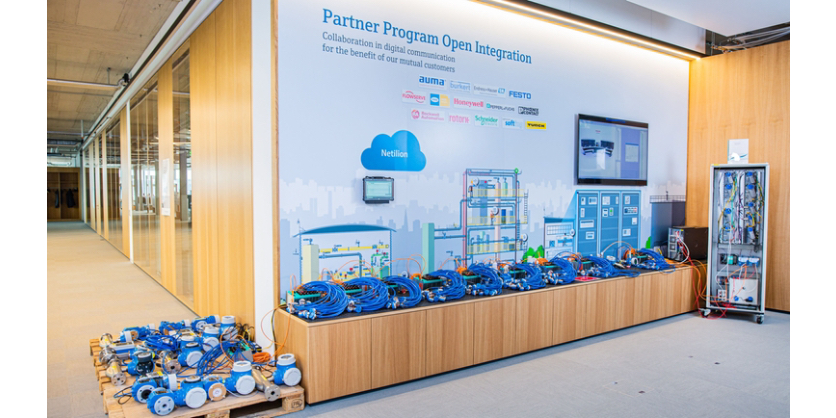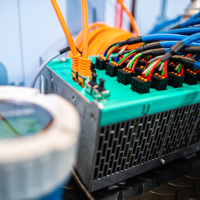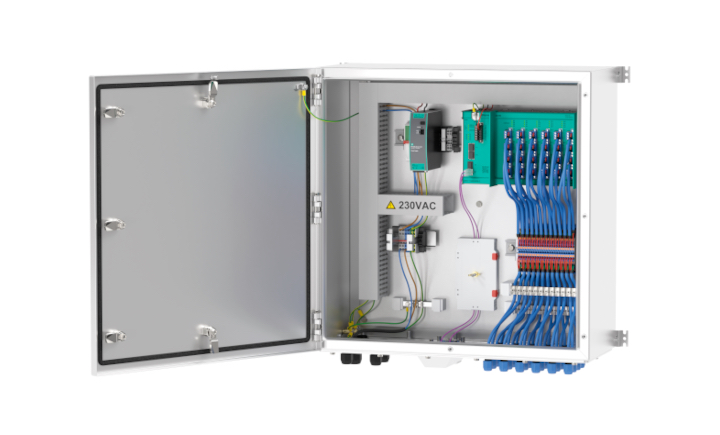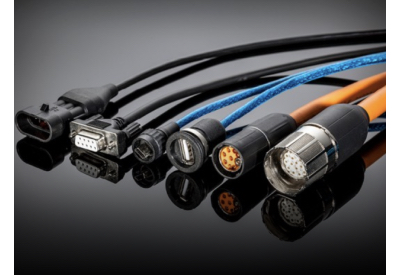Ethernet-APL Is Ready For Deployment
Pepperl+Fuchs Ethernet-APL Field Switches Provide the Infrastructure for Successful Scalability Test at Endress+Hauser
May 1, 2023

Ethernet-APL enables fast, digital data transmission with high bandwidth over long distances in explosion-hazardous areas. This easy access to data from field instruments can lift process automation to a new level of efficiency. Therefore, the expectations for the new physical layer are high. Now, Ethernet-APL has shown that it can meet these expectations. Pepperl+Fuchs participated in two load tests of a realistic Ethernet-APL setup with components from various manufacturers. The tests were successfully conducted by the instrumentation manufacturer Endress+Hauser. The results confirm that Ethernet-APL in combination with PROFINET technology is a game-changer in industrial communication.
The Successful Tests Prove the Readiness of PROFINET over APL

The load tests were designed according to customer specifications to prove that components from different manufacturers can be combined to create a reliable and robust system based on Ethernet-APL. The global chemical company BASF defined the requirements from the customer’s point of view. On the side of the hardware suppliers, Endress+Hauser stood next to Pepperl+Fuchs, Honeywell and ABB. Their components confirmed to harmonically work together.
The first test was set up with nearly 240 Endress+Hauser measuring devices, including flow, pressure, temperature, and level sensors. They were integrated into a system with 10 Pepperl+Fuchs field switches and a Honeywell control system, all using Ethernet-APL and PROFINET. For the second test, ABB provided the control and asset management systems which were tested along with the previous field switches and measuring devices.
The test results were conclusive: Ethernet-APL can be used under realistic circumstances. The test cases were carried out with maximum network layout, the scalability and fault tolerance were successfully verified. All relevant requirements like total netload or redundancy switch-over times were met or exceeded. Gerd Niedermayer, Senior E+I Engineering Manager at BASF SE, states: “After five years of close work with our partners on Profinet over APL, this successful test is a major step to go with this technology in our new chemical plants. Thanks to all who made this happen.”
Open Integration Partner Program Supported the Tests

The Endress+Hauser Open Integration partner program unites several manufacturers that want to ensure the streamlined interaction of their complementing products. The partners test and document the integration of their offerings. In this way, they demonstrate how digitalization may be fully utilized within process automation applications. According to Jörg Reinkensmeier, head of the Open Integration partner program at Endress+Hauser, “The load tests proved that Ethernet-APL can be used for real. The components from various manufacturers work together smoothly, and the systems run reliably.”
Andreas Hennecke, Head of Product Marketing Management in the Pepperl+Fuchs Process Automation Division, is fully satisfied with the results of the large-scale load test. “Development teams have been running long-term tests of our FieldConnex field switches for years, so we felt confident that the setup would stand up to the challenges. Seeing everything perform so well in a realistic setup has the potential to convince everyone to walk the path to digitalization in the field of process plants. A big thank you and congratulations to all team members and partners on this successful Ethernet-APL load test!”Andreas Hennecke, Head of Product Marketing Management in the Pepperl+Fuchs Process Automation Division
More Information
Related Story
Ethernet-APL is Ready to Use
Expectations in the process industry for the new physical layer are enormous. Now, Ethernet-APL has shown that it can meet these expectations. The instrumentation manufacturer Endress+Hauser successfully conducted two load tests of a realistic Ethernet-APL setup with components from various manufacturers. The results confirm the new technology’s reputation as a game-changer in industrial communication.


